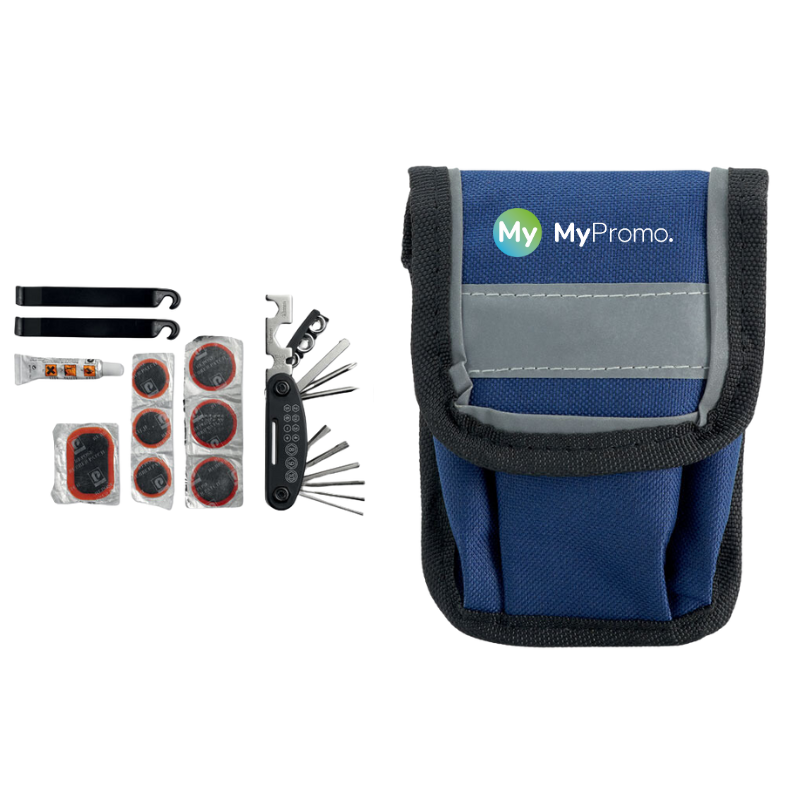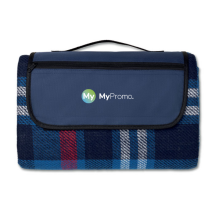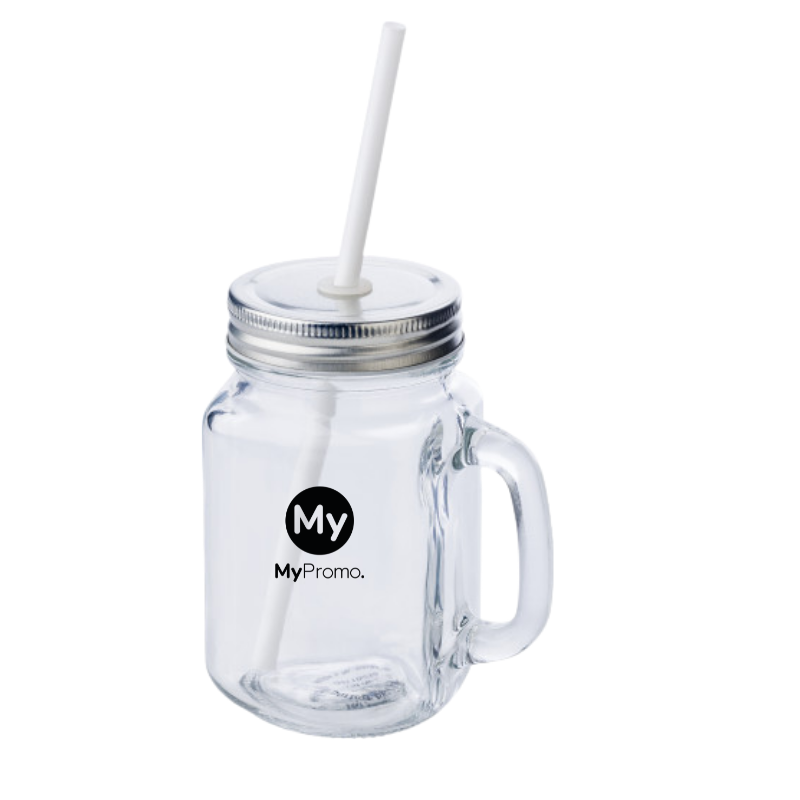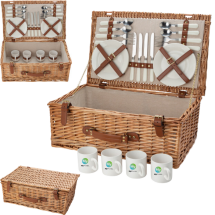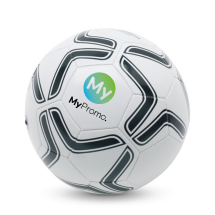Screen transfer
What is Screen Transfer?
Screen transfer, a vital printing technique in the promotional products and custom apparel industries, is recognized for its ability to produce vibrant, durable designs on a variety of materials. Originating from traditional screen printing methods, screen transfer involves transferring designs created on screens directly onto products. This method has evolved from simple hand techniques to sophisticated automated processes that enhance precision and color richness.
The Process of Screen Transfer
The process of screen transfer begins with the creation of a stencil on a fine mesh screen, where the desired design is imprinted. The screen is then placed over the substrate, such as fabric, paper, or metal. Ink is applied to the screen and a squeegee is used to press the ink through the mesh onto the substrate. Each color requires a separate screen, making the setup crucial for multi-colored designs. After the ink application, the substrate undergoes a heating process to cure the ink, ensuring the design's longevity and sharpness.
Essential Tools and Materials
To effectively execute screen transfer, a variety of key tools and materials are necessary. The process starts with screens and frames that hold the stencil firmly in place. Squeegees are used to evenly distribute ink across the screen, ensuring consistent coverage of the design. Specialized inks that are compatible with the substrate are essential for achieving vibrant and lasting prints. A heat press or curing unit is crucial for setting the ink once it has been applied, which solidifies the design and enhances durability. Lastly, cleaning agents are important for maintaining the integrity of the screens, ensuring that they can be reused for future prints. Each component plays a pivotal role in the screen transfer process, contributing to the overall quality and efficiency of the printing.
Common Applications and Notable Examples
Screen transfer is commonly used to personalize and decorate a wide array of promotional items. From personalized T-shirts and personalized tote bags to personalized mugs and personalized keyrings, this technique allows for high levels of customization. Notable for its use in large events and corporate branding, screen transfer helps in creating memorable and impactful promotional merchandise.
Advantages of Screen Transfer
One of the primary advantages of screen transfer is its robustness and color vibrancy, making it ideal for designs that require high visual impact and durability. It is particularly effective on a range of materials, providing flexibility in product design. Additionally, screen transfer is cost-effective for large runs, making it a preferred choice for bulk orders.
Comparison with Other Printing Techniques
Unlike digital printing, which directly applies pigment to the substrate, screen transfer embeds the ink into the material, offering enhanced durability and wash-fastness. Compared to heat transfer, screen transfer tends to provide greater clarity and color consistency over larger batches.
Challenges and Limitations
While screen transfer offers numerous benefits, it also comes with challenges. The initial setup for each design can be time-consuming and costly, particularly for multi-colored designs due to the need for multiple screens. Additionally, the technique requires significant space for equipment and materials, which can be a limitation for smaller operations.
| Printing Technique | Material Compatibility | Color Durability | Cost-Effectiveness | Typical Use Cases |
|---|---|---|---|---|
| Screen Transfer | Polyester, coated ceramics, polymer-coated metals | High (integrated into substrate) | High for large volumes | Promotional items, custom apparel |
| Digital Printing | Most fabrics and papers | Moderate to high depending on ink type | Moderate, less setup cost | Small batches, detailed graphics |
| Heat Transfer | Most fabrics | Low to moderate (can crack or peel) | Low setup cost, higher per-unit cost | Short runs, full-color designs |
| Direct-to-Garment (DTG) | Primarily cotton and light-colored fabrics | High (directly printed onto fabric) | High for small volumes, lower per-unit cost | Custom T-shirts, detailed art. |
What is screen transfer used for?
Screen transfer is used primarily for printing on promotional items and apparel, offering vibrant, durable designs on various materials.
How long does a screen transfer print last?
Screen transfer prints are known for their durability, typically lasting as long as the substrate itself with proper care.
Can screen transfer be used on dark materials?
Yes, screen transfer is effective on dark materials, especially with the use of opaque inks designed to show up on darker substrates.
Is screen transfer environmentally friendly?
The environmental impact of screen transfer depends largely on the type of inks used and how waste is managed, with water-based inks offering a more eco-friendly option.
How many colors can be used in screen transfer printing?
While there is no limit to the number of colors, each additional color requires a separate screen, increasing complexity and cost.
